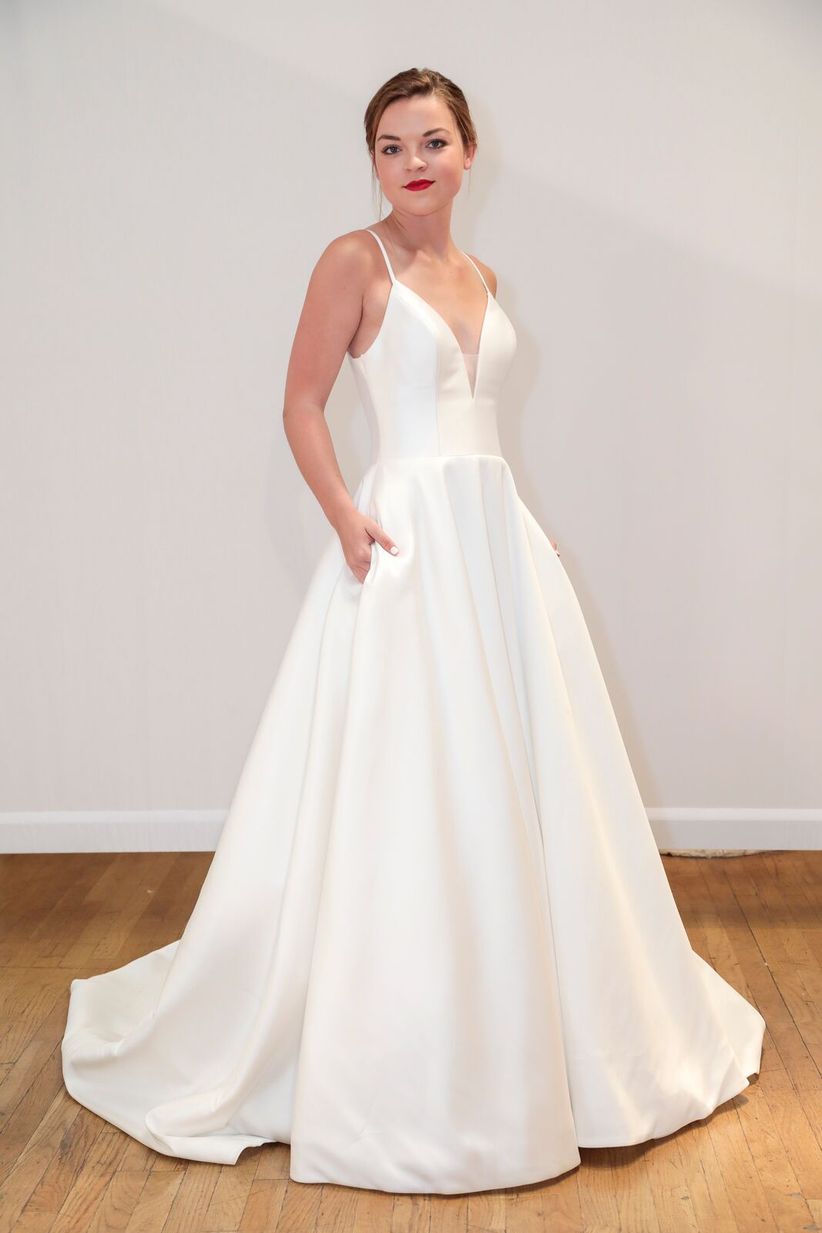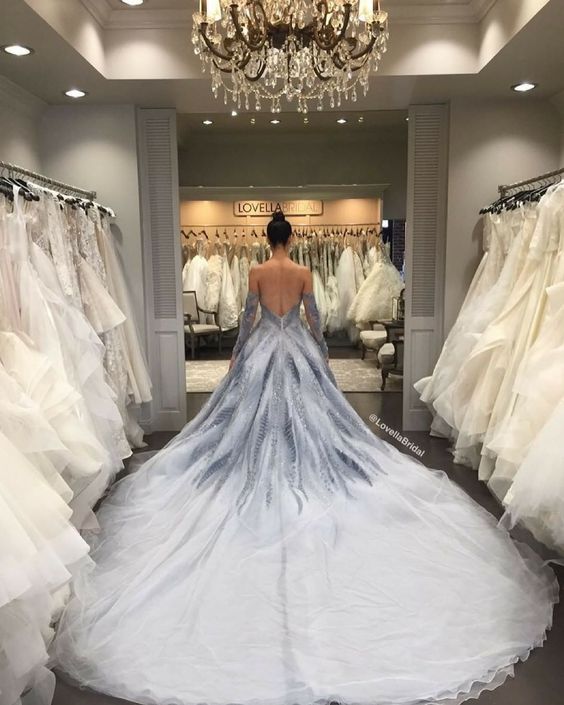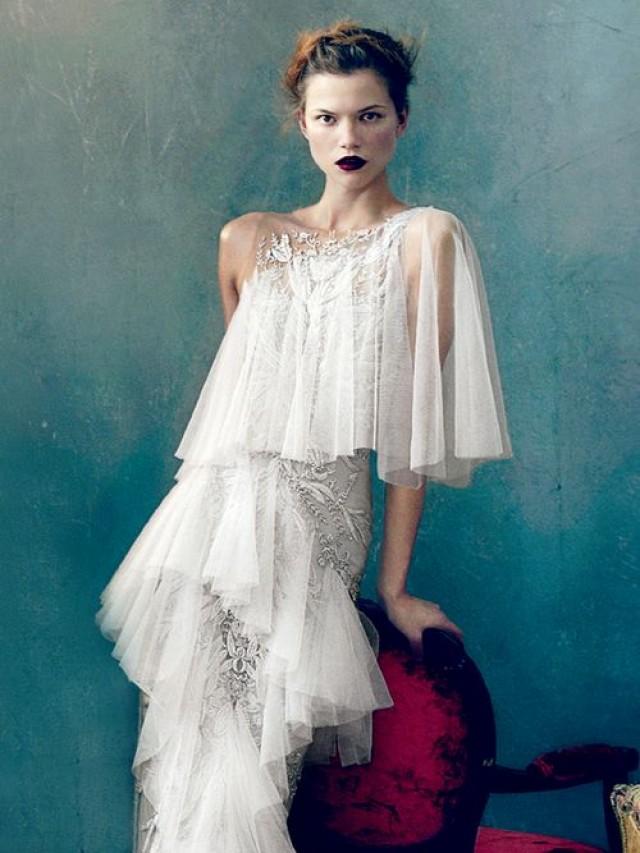Wedding dress material trendiest fabrics list texture everafterguide gowns motives venise laces heavy winter
Table of Contents
Table of Contents
Choosing the perfect wedding dress is every woman’s dream. One of the most important factors to consider is the material of the wedding dress. The material can make or break the overall look and feel of the dress. In this article, we will explore everything you need to know about wedding dress materials.
Pain Points Related to Wedding Dress Materials
The material of the dress can greatly affect its comfort, durability, and how it looks on the wearer. Choosing the wrong fabric could lead to discomfort on the wedding day and may even affect how the dress fits. Furthermore, some materials may not be suitable for certain wedding styles or seasons.
What to Consider When Choosing Wedding Dress Material
When choosing the material for your wedding dress, consider the location, season, style, and personal preference. For outdoor weddings, consider lightweight fabrics such as chiffon or tulle. For a winter wedding, choose heavier fabrics like satin or velvet. The style of your wedding also plays a role in the choice of material - for a bohemian wedding, consider lace or crochet, while for a classic wedding, satin or silk may be more appropriate.
Summary of Wedding Dress Material
Wedding dress material is a crucial factor that affects the overall look, feel, and comfort of the dress. It is important to consider the location, season, and style of the wedding when choosing the material. There are a variety of materials to choose from, each with its own unique properties and advantages.
Lace Wedding Dresses - Feminine and Elegant
Lace is a popular wedding dress material that has been used for centuries. Its intricate patterns and delicate texture make it perfect for a feminine and elegant look. There are different types of lace materials to choose from, such as Alencon, Chantilly, and Guipure.
 My personal experience with a lace wedding dress was magical. I felt like a princess on my wedding day, and the intricate lacework added an extra element of elegance to my overall look. However, it is important to note that lace can be delicate and may snag easily, so it is important to handle it with care.
My personal experience with a lace wedding dress was magical. I felt like a princess on my wedding day, and the intricate lacework added an extra element of elegance to my overall look. However, it is important to note that lace can be delicate and may snag easily, so it is important to handle it with care.
Satin Wedding Dresses - Luxurious and Sophisticated
If you’re looking to achieve a luxurious and sophisticated look, satin is the perfect choice. Satin is a glossy and smooth fabric that drapes beautifully on the body. It is also versatile and can be used in different styles of wedding dresses.
 For my own wedding, I chose a satin dress that had a classic and timeless feel to it. The dress looked and felt luxurious, and I received many compliments on my choice of material. However, satin can be heavy to wear and may not be suitable for hot weather or outdoor weddings.
For my own wedding, I chose a satin dress that had a classic and timeless feel to it. The dress looked and felt luxurious, and I received many compliments on my choice of material. However, satin can be heavy to wear and may not be suitable for hot weather or outdoor weddings.
Chiffon Wedding Dresses - Light and Airy
Chiffon is a lightweight and flowing fabric that is perfect for outdoor and summer weddings. It has a soft and delicate appearance that creates a dreamy and romantic look.
 I have attended several weddings where the bride wore a chiffon wedding dress, and it created a beautiful and ethereal look. However, chiffon is a delicate fabric that may wrinkle easily, so it is important to handle it with care.
I have attended several weddings where the bride wore a chiffon wedding dress, and it created a beautiful and ethereal look. However, chiffon is a delicate fabric that may wrinkle easily, so it is important to handle it with care.
Tulle Wedding Dresses - Whimsical and Playful
Tulle is a lightweight material that has a fluffy and layered appearance. It is often used in ballerina-style wedding dresses and creates a whimsical and playful look. Tulle can also be used for veils and wedding skirt overlays.
 My cousin had a tulle wedding dress for her outdoor wedding, and it added a playful and fairy-tale quality to the overall aesthetic. However, tulle can be difficult to clean and maintain, so it is important to take care of it properly.
My cousin had a tulle wedding dress for her outdoor wedding, and it added a playful and fairy-tale quality to the overall aesthetic. However, tulle can be difficult to clean and maintain, so it is important to take care of it properly.
Question and Answer
What is the most popular wedding dress material?
The most popular wedding dress materials are lace, satin, chiffon, and tulle. However, the choice of material ultimately depends on personal preference, as well as the location, season, and style of the wedding.
How do I choose the right wedding dress material?
Consider factors such as location, season, and style when choosing the material for your wedding dress. Also, take into account personal preferences and the overall look and feel you want to achieve.
Can I mix different materials in my wedding dress?
Yes, you can mix different materials in your wedding dress for a unique and personalized look. However, it is important to ensure that the materials complement each other and do not clash.
What is the best material for an outdoor wedding?
The best materials for an outdoor wedding are lightweight and breathable fabrics such as chiffon or tulle. These fabrics will keep you cool and comfortable under the sun.
Conclusion of Wedding Dress Material
Choosing the right wedding dress material is crucial in creating the perfect wedding look. Each material has its unique properties and advantages and is perfect for different styles, seasons, and locations. Consider personal preferences and factors such as location and weather when making the final decision on material. With the right material, you can make your wedding dress dreams come true.
Gallery
The 8 Wedding Dress Fabrics To Know Before You Shop - WeddingWire

Photo Credit by: bing.com / dress wedding fabrics weddingwire mikado before know
List Of The Trendiest Wedding Dress Material And Fabrics - EverAfterGuide

Photo Credit by: bing.com / wedding dress material trendiest fabrics list texture everafterguide gowns motives venise laces heavy winter
9390 Best Wedding Dresses Images On Pinterest

Photo Credit by: bing.com / wedding dress pretty style fabrics dresses patterns glossary fabric stylemepretty sewing
These Are The Best Wedding Dress Materials | Who What Wear

Photo Credit by: bing.com / bhldn tadashi shoji
5 Dress Material Most Often Used For Wedding Dress | Wedding Concept Ideas

Photo Credit by: bing.com / wedding tulle dress dresses lazaro material week often most used tule gown ball bridal gowns dressedupgirl lace skirt bride sweetheart





